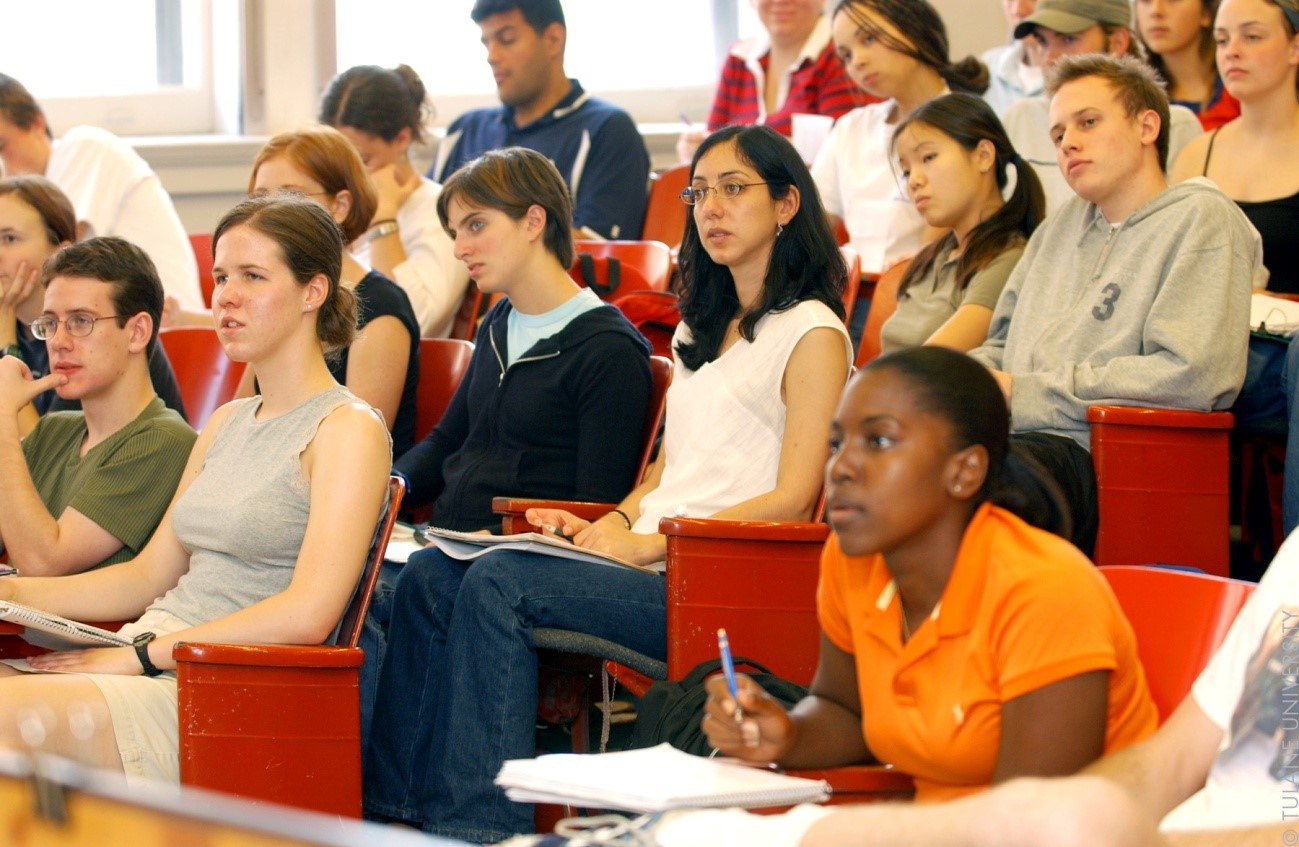Difference between revisions of "The Fullbright Progam"
(Created page with "400x200px|framed|left "Educational exchange can turn nations into people, contributing as no other form of communication can to the humanizin...") |
|||
| Line 1: | Line 1: | ||
[[File:Fullbright_Program.jpg|400x200px|framed|left]] | [[File:Fullbright_Program.jpg|400x200px|framed|left]] | ||
| − | "Educational exchange can turn nations into people, contributing as no other form | + | ''"Educational exchange can turn nations into people, contributing as no other form of communication can to the humanizing of international relations."'' - |
| + | '''J. William Fulbright, 1983''' | ||
| + | |||
| + | |||
The Fulbright Program was founded by United States Senator J. William Fulbright in 1946, and promotes grants for highly competitive students, scholars, teachers, professionals, scientist and artists who wish to study, conduct research, or exercise their talents in the United States. | The Fulbright Program was founded by United States Senator J. William Fulbright in 1946, and promotes grants for highly competitive students, scholars, teachers, professionals, scientist and artists who wish to study, conduct research, or exercise their talents in the United States. | ||
Even though the initiative was initially intended to operate only in European countries, it now encompasses one hundred and fifty five countries, and is one of the most prestigious and far-reaching funding programs worldwide. | Even though the initiative was initially intended to operate only in European countries, it now encompasses one hundred and fifty five countries, and is one of the most prestigious and far-reaching funding programs worldwide. | ||
Latest revision as of 09:55, 9 January 2015
"Educational exchange can turn nations into people, contributing as no other form of communication can to the humanizing of international relations." - J. William Fulbright, 1983
The Fulbright Program was founded by United States Senator J. William Fulbright in 1946, and promotes grants for highly competitive students, scholars, teachers, professionals, scientist and artists who wish to study, conduct research, or exercise their talents in the United States.
Even though the initiative was initially intended to operate only in European countries, it now encompasses one hundred and fifty five countries, and is one of the most prestigious and far-reaching funding programs worldwide.
The program was created to increase and improve the understanding between the United States and people from other countries using the exchange of people, knowledge and skills.
Throughout its history, the program has provided grants to approximately 325,400 students, of which, more than 200,000 are from countries other than the United States.
The Fulbright Program awards approximately 8,000 grants annually, which give the opportunity to those selected to develop themselves in the best educational institutions in the United States.
The program works two ways, in the sense that US citizens may receive a grant to go to a foreign country, and non-U.S. citizens may receive funding to visit the U.S. for a certain period of time. By doing this, the Fulbright Program serves as a vehicle for exchanging ideas, knowledge and people, and also as a tool to gain a better understanding between people from different countries and cultures
All those people participating in the program agree that being part of the Fulbright Program is a life changing experience, which each experience being unique for a variety of factors, such as project details, location and language abilities.
